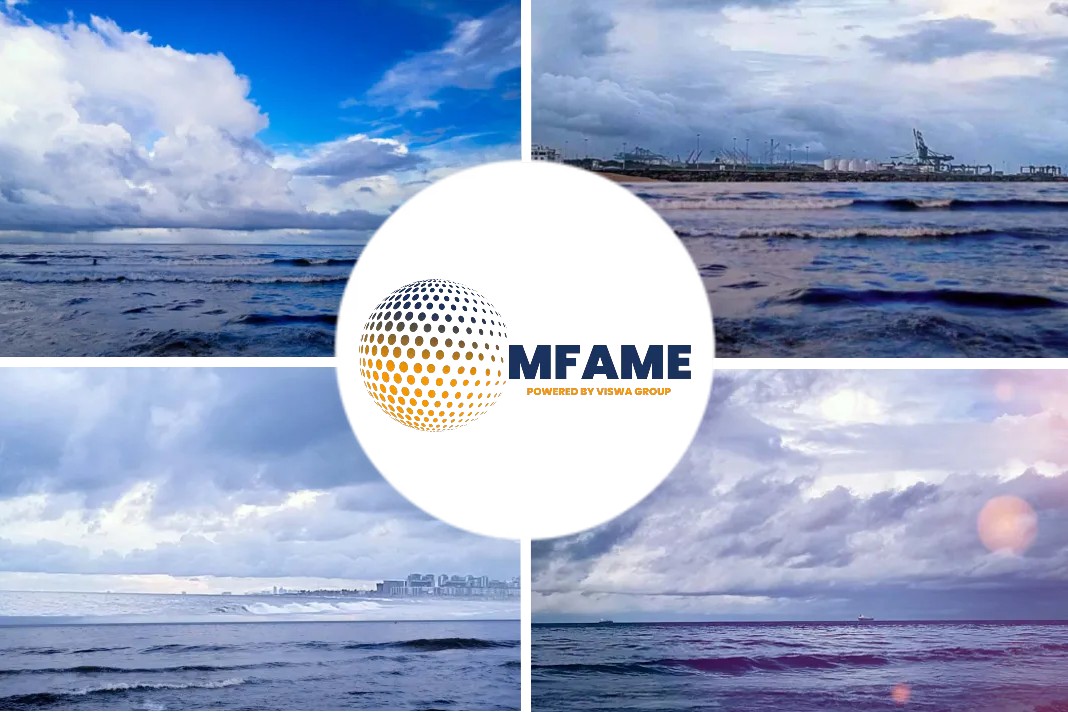New sulphur regulations from 2020 is expected to get significantly more expensive for charterers to transport crude oil and petroleum products across the ocean, says an article published in Poten & Partners website.
Scrubber-fitted ships
Charterers, who will get to choose from scrubber-fitted ships and those running on compliant low sulphur fuels, are expected to foot the majority of these costs.
Poten & Partners in their latest tanker report say that, charterers of VLCC opting for MGO to comply with the new sulphur regulations will need to pay a 33% premium come 2020, when compared to VLCCs fitted with scrubbers.
Impact of IMO 2020
The report looked at the potential impact of IMO 2020 at a number of tanker segments and calculated the expected freight costs.
The estimates were based on the average 2016 tanker rates: a Time Charter Equivalent (TCE) of USD 38,520 per day for VLCCs.
On this basis,
- Owner of a VLCC consuming low sulphur MGO, costing USD 657 per ton, would need to charge a charterer USD 14.87 per ton to move its cargo from the Arabian Gulf to the Far East.
- Owner of a vessel equipped with scrubbers only needs to charge USD 11.14 per ton to generate the same TCE of USD 38,250/day, because it can fuel its ship with much cheaper HFO, costing USD 326 per ton.
The analysis used the average prices for 3.5% sulphur fuel oil FOB Rotterdam Barges and 0.1% Gasoil FOB Rotterdam Barges in 2020 based on today’s forward curve.
“In this example, the charterer of a VLCC that runs MGO will need to pay a 33% premium. The differentials for the other segments are also significant, ranging from 16% for MR’s on the UK/Continent – US Atlantic Coast route to 41% for LR2’s on the Arabian Gulf – Far East route, with Suezmaxes and Aframaxes somewhere in between,” the report said, adding that the premium is higher on longer haul routes.
Negotiable tanker rates
It is expected that a small percentage of vessels will be equipped with scrubbers by January 1st, 2020 when the new IMO rules go into effect.
“We expect that tanker rates will initially be negotiated based on the assumption that vessels use low sulphur MGO,” Poten said.
“This could provide a windfall to vessels that are equipped with scrubbers. Assuming that charterers are indifferent to whether vessels have scrubbers or not, a VLCC could generate a TCE of USD 51,000/day, a USD 12,500 premium based on the same freight (USD 14.87/ton).”
Did you subscribe to our daily newsletter?
It’s Free! Click here to Subscribe!
Source: Poten & Partners


















